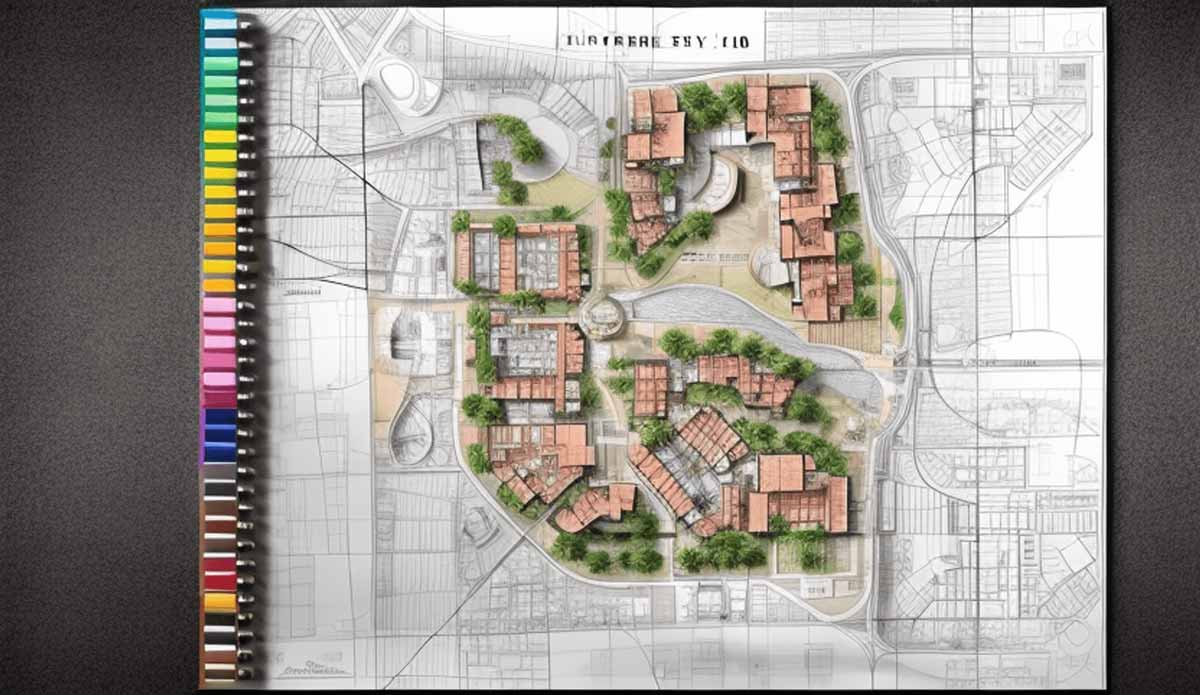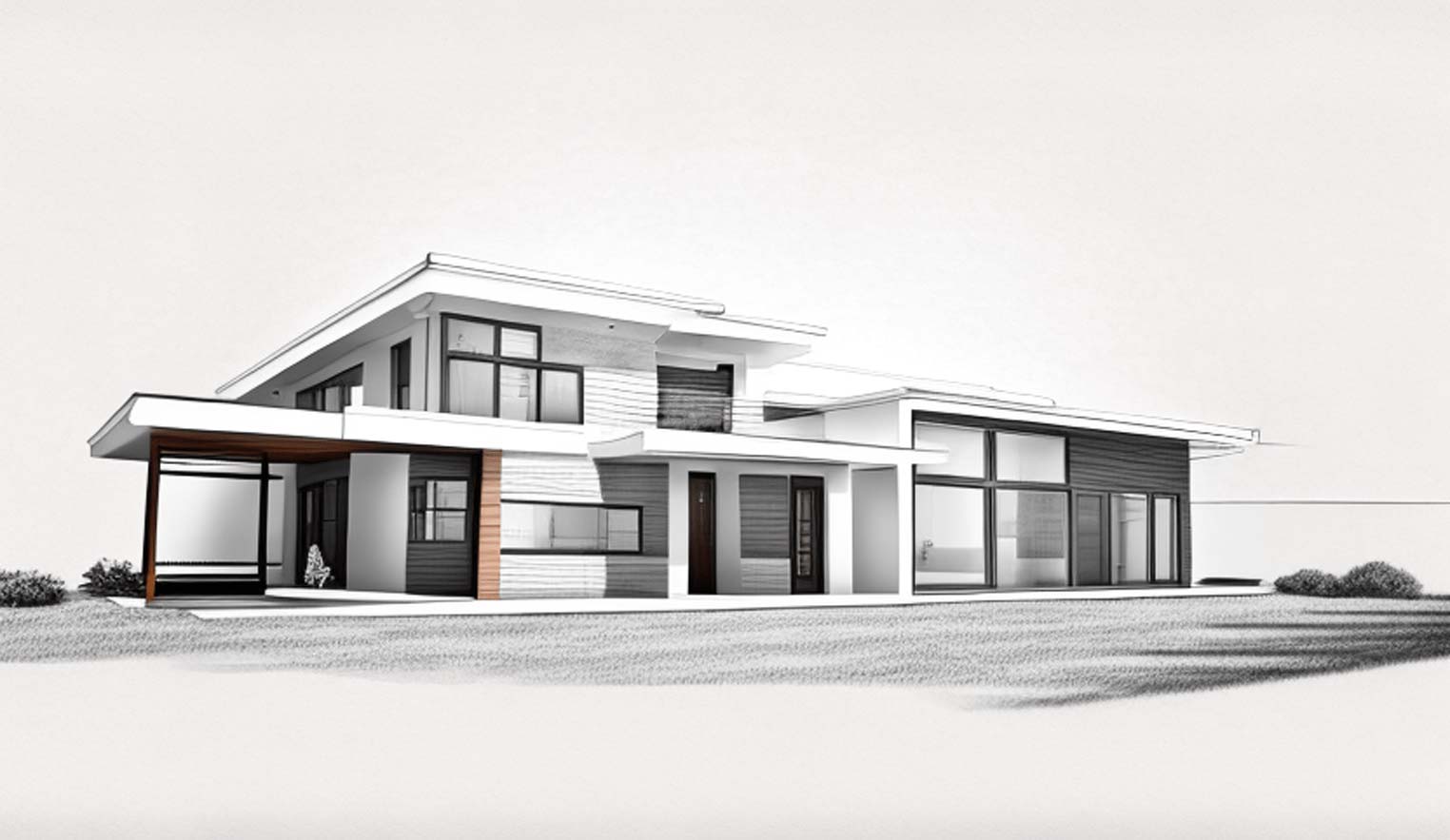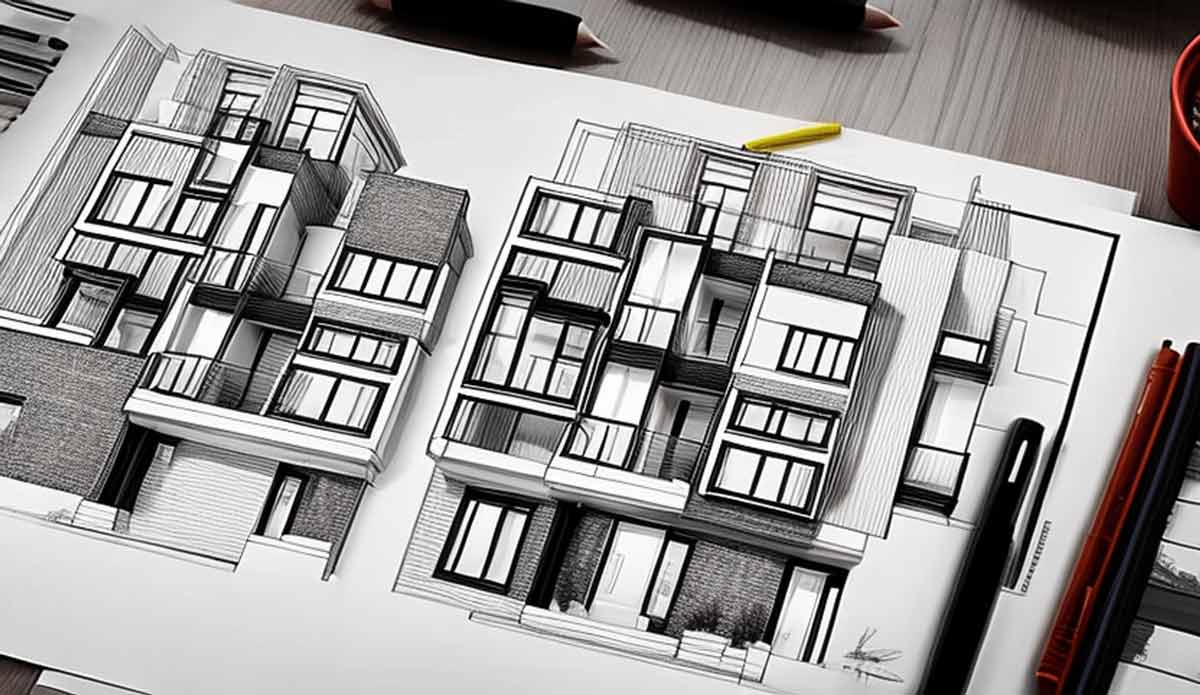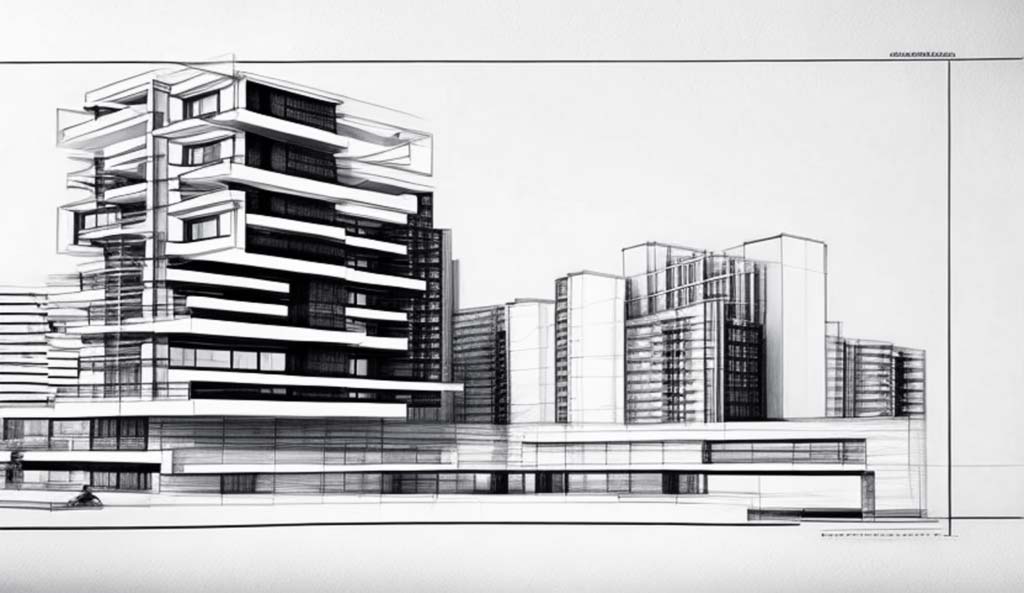
A Guide to Different Types of Zoning Used in Architecture
Imagine you have owned a residential investment property for 20 years on a tree-lined street in an established neighborhood. What if one day, the neighbor’s house was listed for sale, and someone bought the property and decided to tear the house down and build a manufacturing plant adjacent to your lot? That would be detrimental to your property value and the established sense of community in the neighborhood.
What if this trend continued, and the house across the street was sold, and a gas station was built on the lot? These developments would shift the area’s designated use from residential to a blend of commercial and industrial distinctions.
What protects areas from this type of development? Zoning laws.
While zoning laws may initially seem like a complex web of regulations, they are designed to provide a secure framework for your investment. These laws are not a headache but rather a shield that safeguards your property from unexpected and undesirable developments.
One of the things zoning laws determine is the type of property you can build on a piece of land. In this guide, the Robertson Architecture team will discuss the different zoning types used in architecture.
An Architect’s Role in Zoning
Zoning regulation is one of the primary reasons you want to hire an architect as early as possible in the development process. Your architect will be well-versed in local zoning ordinances, so they understand what type of property can be built where. An architect can help you make an informed decision during the site selection process so you know that the lot you’re investing in will support your desired investment outcomes.
Who Determines Zoning?
Zoning is determined locally on the city or county level. Each municipality has its own governing body that determines zoning ordinances. In an ideal world, the local government develops the city’s zoning map by considering how their community can best thrive.
Of course, in the 20th century, zoning laws were used to segregate communities. While new zoning regulations are being introduced to unravel the harm caused by zoning restrictions, there is still work to be done to protect low-income communities.
What is a Zoning Map?
A zoning map is a document that determines the designated land-use potential for every parcel of land within a given jurisdiction. It is divided into zoning districts such as residential, commercial, mixed-use, industrial, historic, and agricultural.
Beyond land use, a zoning map also details the following constraints of building on a parcel:
- Building location
- Building height
- Building size
- Parking requirements
- Landscape requirements
- Lot dimensions
- Minimum lot sizes
Types of Zoning
There are five major types of zoning regulation. These categories include residential, commercial, mixed-use, industrial, historic, and agricultural. Below, we will go over each of these designations. Your architect will be able to look at the area’s zoning map along with the zoning ordinances and determine if the site you’re interested in is capable of supporting your development program based on current zoning laws.
Residential Zoning
Residential zoning is a broad term with many distinctions. While single-family homes, condo buildings, apartments, townhome communities, and other multi-family living options all fall under residential zoning, ordinances also govern what type of residential structure can be built or placed on a given piece of land.
This is where the zoning ordinance will specify whether multi-family developments are allowed, as well as the number of structures a property can have on it. Often, if a neighborhood is zoned for single-family homes, it does not allow multi-family development. However, single-family homes are typically allowed if an area is zoned for multi-family development.
Multifamily developments can show up in the form of townhomes (single family attached), stacked apartments, multiple building apartments, etc…
It is important to understand the nuance of residential living here. A lot may be zoned for both single-family and multi-family living, or you could potentially tear down a single-family house then apply to have the lot rezoned for multi-family development. Your architect should be experienced at reading the zoning map to determine if your desired development would follow local legislation.
Other restrictions that residential zoning might detail include a development’s architectural style, exterior paint colors, the ability to have accessory dwelling units on the property, home density, and more.
Commercial Zoning
Commercial zoning determines if a parcel of land can be used or developed for business use, such as office buildings, restaurants, hotels, shopping, nightclubs, etc. Commercial property has additional zoning regulations beyond aesthetics, including:
- Parking Ratio
- Floor Area Ratio (FAR)
- Lot Coverage
Mixed-Use Zoning
One cross-over between commercial and residential zoning is apartment and condo buildings. These can be considered mixed-use developments when the bottom floor offers commercial space such as restaurants, retail, and/or office space for sale or rent. The zoning is mixed-use because the property has dual purposes: residential and commercial.
Historic Zoning
Many cities have a historic district designated as such by the zoning map. Historic zoning is implemented to preserve a place’s history, and this often creates guidelines and restrictions for what can be done to the property. Protected buildings often have to be restored within certain parameters that maintain the integrity and history of the storied structure.
Agricultural Zoning
Land may be zoned specifically for agricultural use in farming communities, reserving it for agricultural production. This zoning is designed to protect land from being developed for alternative uses such as residential, commercial, or industrial purposes. Agricultural zoning is usually implemented to protect rural farming communities.
Can Zoning Change?
If you find a lot that you believe is perfect for your development, but the zoning doesn’t allow for the type of property you want to build, you can apply to rezone the land. When applying, you typically have to put out a public notice in a publication, such as the newspaper, stating that you’ve petitioned to rezone the lot. This notice informs the public of how they will be affected by the zoning change if it were approved.
The zoning board will then inspect the site and decide if this zoning change will harm the surrounding area. Your rezoning application will typically be discussed at a public hearing, which allows people to voice their support or objection to your request. If your request is denied, you can submit an appeal.
Understanding Zoning Laws in Architecture
Understanding local zoning ordinances is not just a necessity but a powerful tool for property developers. This understanding allows you to strategically position your development in a neighborhood that’s highly desirable, thereby increasing your property’s value. Zoning laws are not a nuisance but a key to unlocking the potential of your property.
At Robertson Architecture, the zoning map is one of our most referenced pieces of documentation as we help guide our clients in the beginning stages of the development process. Once we understand the type of property you want to build, we can use the local zoning map to find sites that support your development vision.
Reach out today to discuss finding the perfect piece of land for your project!
Author: David Robertson is an Atlanta based architect and founder of Robertson Architecture. Robertson Architecture on the premise of helping entrepreneurs and like-minded individuals exceed their goals.
In 2018, Robertson Architecture was formed with the single focus of helping homeowners and entrepreneurs exceed their goals. The firm works with custom residential homes, townhouses, restaurants, and hotels all across the Southeast. David has a passion for helping entrepreneurs and homeowners realize their dreams.
With over 10 years of experience, David spent the beginning part of his career working on small to medium sized commercial projects across the U.S., including hospitality projects, office buildings, multi-family, and custom homes.
- David Robertson AIA NCARB
- Office 470.795.9596
- info@robertsonarc.com




0 comments